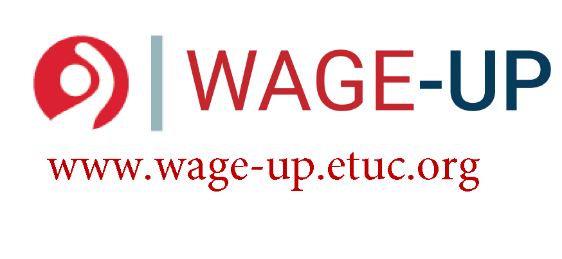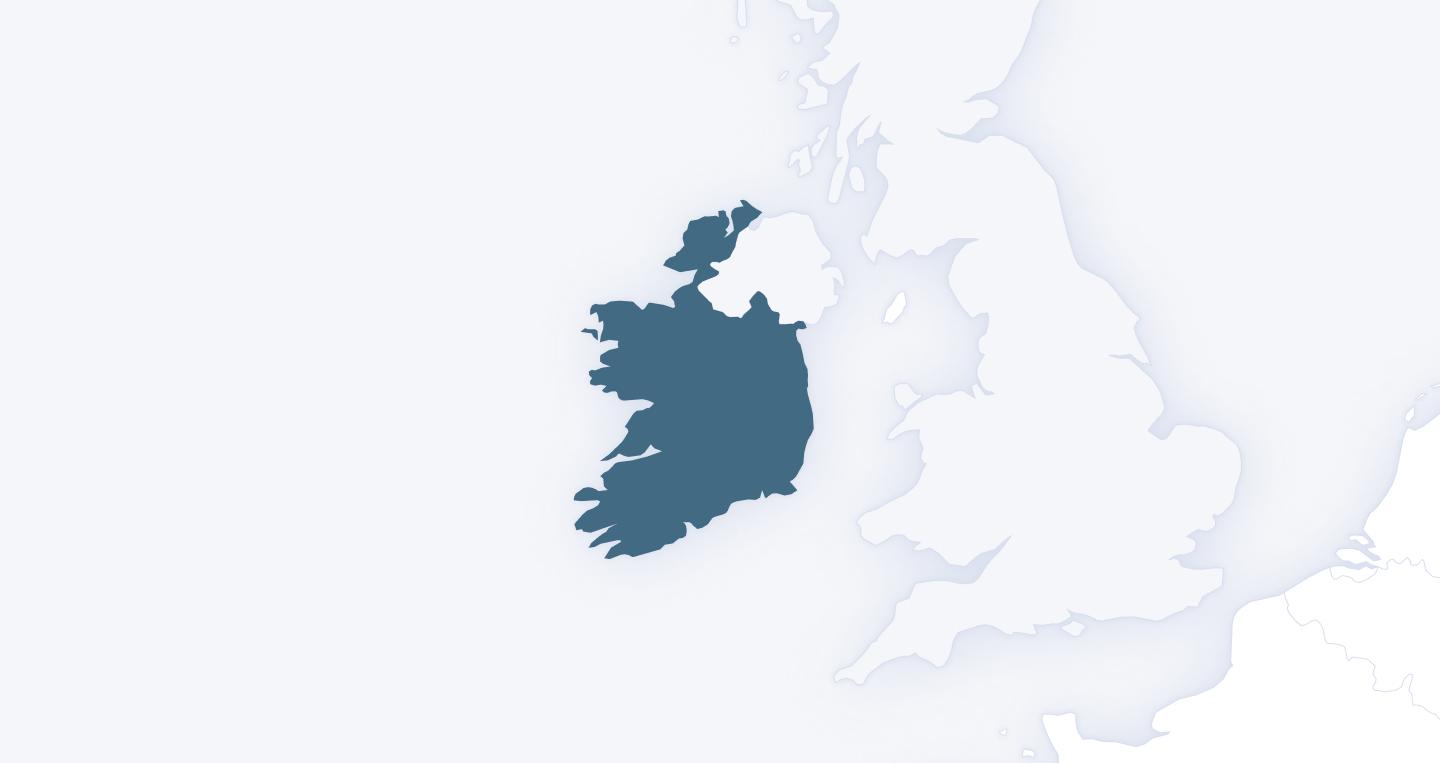In summary
In Ireland there is a statutory minimum wage of 12.7€ per hour, which makes a minimum wage of 2146.3€ per month (7.6% in real growth terms comparing to the previous year). The MW is set by the government after taking account of the Low Pay Commission. The criteria guiding the adjustments of MW are recommendations of the Low Pay Commission, taking account of a 2022 Government decision, aim to increase the MW to 60% of the hourly median wage of all employees by January 2026. There are staggered sub-minimum rate for young workers aged 19 or younger. The gender pay gap is 9.3%, while the in-work poverty rate is 5.5%. Finally, wage inequality (calculated as Interdecile ratio P90/P10) is 4.5.
Minimum Wage in Ireland
Statutory Minimum Wage ?
Yes
Hourly Minimum Wage
13.50€
Monthly Min. Wage
2282.00€
MW as % Gross Median Wage
50.00%
MW as % Gross Average Wage
38.00%
Nominal Growth rate of Wages
6.30%
Real Growth rate of wages
4.80%
Real Growth rate of wages
4.80%
% of workers covered by minimum wage
8.30%
Automatic indexation of adjustments
no
MW setting procedure
Government, after taking account of the Low Pay Commission’
Criteria guiding adjustment of MW
Recommendations of the Low Pay Commission, taking account of a 2022 Government decision, aim to increase the MW to 60% of the hourly median wage of all employees by January 2026.
Variations from statutory Minimum Wage
Staggered sub-minimum rate for young workers aged 19 or younger
Presence of variations from statutory minimum wages
Staggered sub-minimum rate for young workers aged 19 or younger
Consultative body on statutory Minimum Wage and social partner involvement
Government decision is taken after recommendation of Low Pay Commission consisting of representatives from social partners, civil society, and academic experts.
Gender Pay Gap
8.60%
In-work poverty rate
5.30%
Income inequality (income quintile share Ratio S80/S20)
3.74

